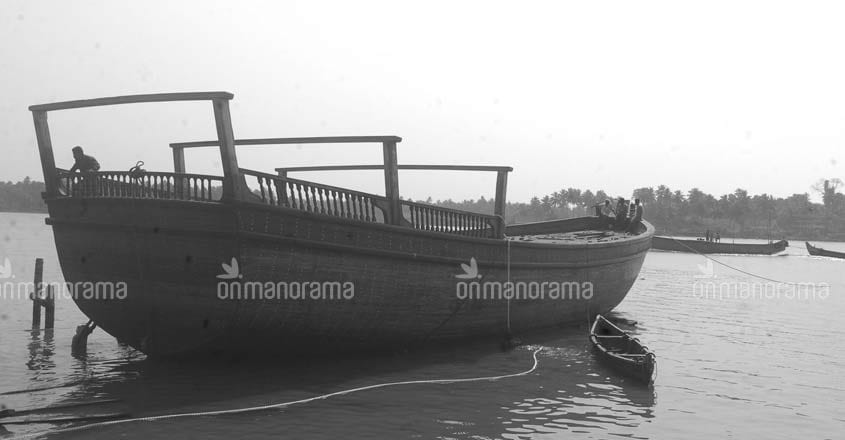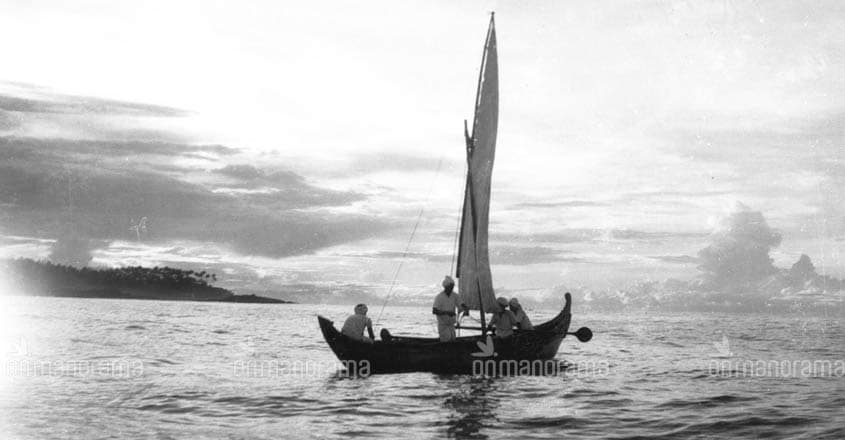Column | When a Keralite priest wrote India's first modern international travelogue

Mail This Article
In the distant past many famous international travellers to coastal Kerala penned their impressions of the landscapes, nature and people of the state. These travellers came from a variety of places such as the Arabian Peninsula, the Levant, China, Italy, and even Russia. Fifteenth century Kozhikode was mentioned in Russian merchant Afanasy Nikitin’s writings about his journey to India. Despite the fact that Indian travellers and merchants set sail for faraway lands long before the Christian era, it was mainly through the word of mouth that Indians of that time came to know of other lands.
Paremmakkal Thoma Kathanar, a Syriac Catholic Priest who was born near Kottayam in 1736, became the pioneer in Indian travel writing with his 'Varthamanappusthakam', a book that details his journey from Malabar to Rome via Lisbon and back. Thoma Kathanar undertook this journey in 1785 along with Malpan Mar Joseph Cariattil.
Born into a religious family, Thoma Kathanar learned both Sanskrit and Syriac when he was really young. He then joined a seminary where he had to learn Latin and Portuguese in order to attain priesthood. He would later also learn Italian.
The book is essentially an account of the Malankare Kaldaya Suriyani Sabha (known officially as the Syro-Malabar Catholic Church since 1923) in that period, but a large part of it is devoted to the events connected with the journey that was undertaken by Thoma Kathanar, Malpan Mar Cariattil and two boys who were sent to Rome for studies.
Tough voyage
The voyage from Kerala to Rome was anything but easy for the Malayali travellers. They first went to Chinnapatnam (Chennai) and then sailed via Ceylon to the Cape of Good Hope. There are accounts of a visit to Kandy, which had a number of Portuguese Christians at that time.
After they crossed the Cape of Good Hope, they went to Benguela in western Angola, another place that was under Portuguese rule. The travellers were then supposed to go to Portugal to meet the Queen and submit a petition, but the Atlantic Ocean winds were adverse and drifted their ship, leading them all the way to Bahia in Brazil. The four men were probably the first Malayalis to arrive in the South American country whose football team has a cult following in Kerala now.

From Bahia they set sail for Lisbon and then onwards to Genoa from where they went to Rome. Their entire journey from Kerala to Rome and back is believed to have lasted several years. There are disputed accounts of the exact length of the journey, however.
'Varthamanappusthakam' was forgotten a few years after it was written and was only rediscovered in the 1930s. It was printed by Luka Mathai Plathottam at the Athirampuzha St Mary’s Press in 1936. Scholars who have studied in the book in detail say a lot has been lost from the original manuscript, including the mentioned appendices. The manuscript is now kept at Kochi’s St Thomas Christian Museum.
Indian independence and anti-colonialism
While Thoma Kathanar’s main focus was on Church matters, scholars say his writing was among the first to question the racist Eurocentric worldview that was prevalent at that time. “The use of this travelogue for International Relations theorising could offer a decentred counterpoint to the constructions of images of otherness that was created by Europeans in the midst of the colonial experience,” writes Audrey Alejandro in Western Dominance in International Relations? The Internationalization of IR in Brazil and India.
Thoma Kathanar’s travels also reinforced his beliefs that India should not have been ruled by Europeans. He wrote about a “golden thread of national feeling” that bound the Indians together, according to the Nasrani.net website. The site quotes Thoma Kathanar as saying, “Our churches were built not by you nor by your ancestors; nor did we sell ourselves nor our church people to you. If our yogam (congregation), is willing to accept you, we would accept. If our yogams do not want to accept you, you cannot forcefully make us accept you.”
It is common knowledge that Christian missionaries continued to support India’s freedom struggle in the 19th and 20th centuries in several ways, including the opening of colleges that granted admission to children of freedom fighters who were not allowed to enroll in universities.

It’s difficult to get a hard copy of Thoma Kathanar’s travelogue. A detailed reading would give one an authentic Indian impression of the world in the 18th century.


